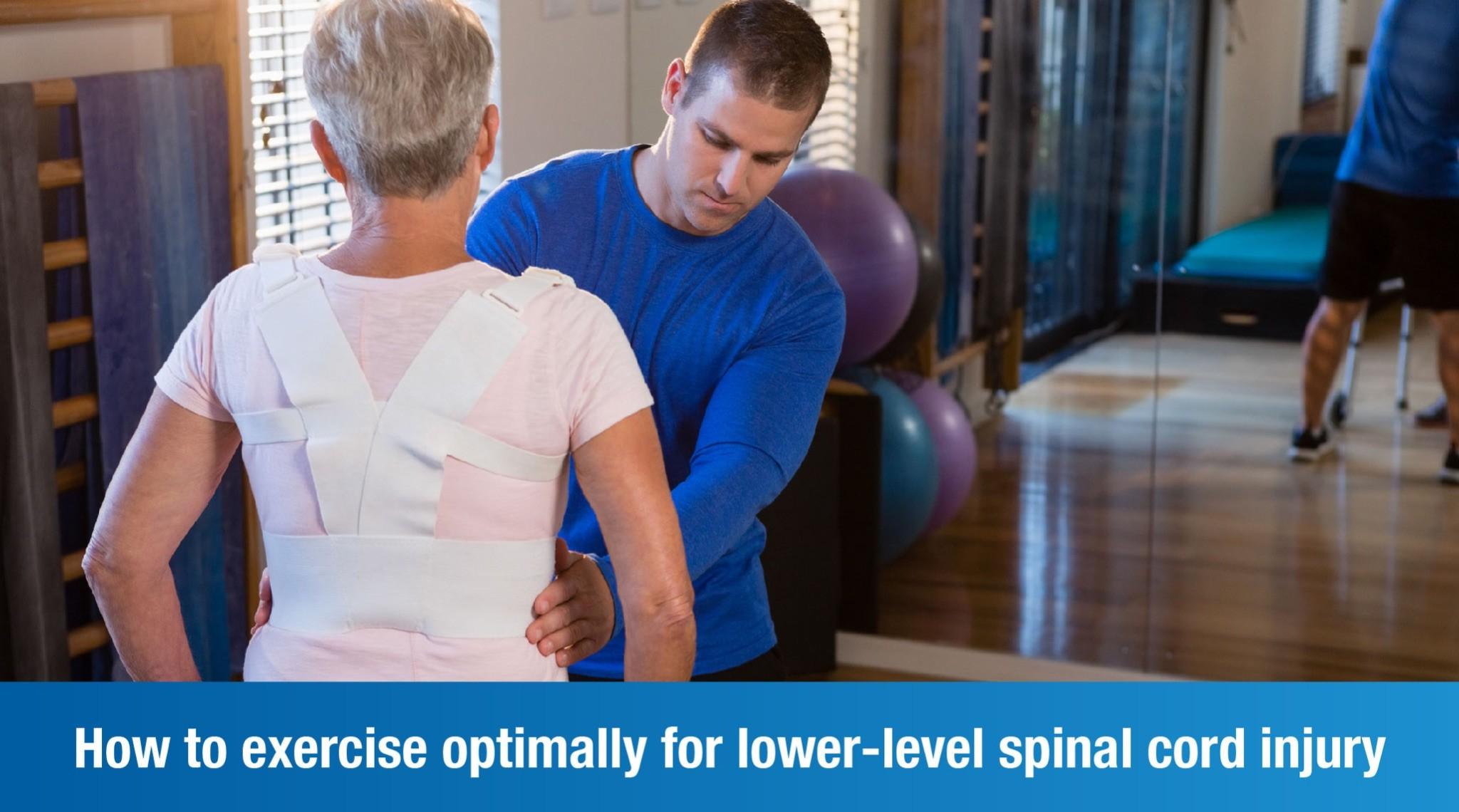

What is a spinal cord injury?
Spinal cord injury (SCI) is the result of a traumatic injury that bruises, partially tears, or completely tears the spinal cord. Compression of the spine or neck can be a potential cause of SCI.
Acute spinal cord injury (SCI) is one of the most crippling neurological conditions that affects the human body.

Signs of an SCI
Respiratory issues
● Muscle weakness
● Loss of feeling in arms, legs, or chest
● Loss of voluntary movement of muscles in chest, arms, or legs
● Loss of bowel and/or bladder control and function
● Loss of sexual function

●
Causes of an SCI
Sports injuries ● Diving accidents
● Trampoline accidents ● Motor vehicle accidents

● Abscess on spinal cord caused by infection ● Acts of violence
Birth injuries ● Compression from tumor or infection
Gunshot wounds ● Complications from surgery ● Falls
●
●
●
Complete and incomplete SCI
A complete injury results in absolutely no movement and feeling below the level of the injury. An incomplete injury will still have some degree of movement and/or feeling below the level ofthe injury.
The two medical terms used to describe an SCI patient’s condition are:
Quadriplegia/Tetraplegia: Loss of movement and feeling in arms, legs trunk, pelvic organs
Paraplegia: Loss of function and feeling from the waist-down (trunk, legs, and pelvic organs)

Types of lower-level SCI
Lumbar SCI
- Affects the hips and legs
- Leads to varying degrees of loss of motor function in the lower body
Sacral SCI
- Rare type of SCI
- Affects upper thighs, hips, buttocks, and genitals
- Caused by injury to the sacral region
- Loss of function in the legs and hips is an indicator of this type of SCI
- Patients have regained the ability to walk with timely treatment and physiotherapy

How does exercise help manage SCI?
● Reduces pain
● Improves flexibility and muscle strength
● Improves sleep
● Reduces mood swings
● Improves energy levels and ability to take part in activities
● Helps achieve and maintain a healthy weight ● Improves blood sugar and cholesterol
● Lowers the risk of heart disease

Exercises for lower SCI
STRETCHING
(prevents muscle stiffness and joint pain)
CIRCUIT TRAINING
(urges muscles in limbs to participate)
PUSHING WHEELCHAIR
(strengthens back muscles, as well as muscles in the arms and legs)

STRENGTH TRAINING (yoga, weights, resistance bands)
SEATED MARCHING
STRAIGHT LEG EXERCISES
HEEL RAISES
KNEE SQUEEZES
Leg exercises for lower SCI
Range of motion (ROM) exercises like:
● Hip and knee flexion

● Hip rotation
● Hip abduction
● Heel-cord stretching
● Lumbar rotation
Lower extremity SCI exercises
● Use ankle pumps

Lie down on a mat and point your toes down so that the ankle is extended. Next, raise your feet upwards towards the knees to flex the ankles
● Knees to chest
Place one hand on the upper leg just above your knee and the opposite foot. Bend one knee in so that it’s reaching towards your chest. Then bring your foot down and straighten the knee.
● Straight leg lifts
Lie down on a mat with your legs straightened. Lift one leg without bending at the knees.
When the leg is as high as it can go, hold for a few seconds. Bring the leg back down and alternate with the other leg.
● Seated marching
Sit at the edge of your seat with both feet on the ground, then alternate lifting your knees one at a time.
Patient-centric and specific
Exercises for SCI must be suited to the level of injury. A neurologist or a physical therapist/occupational therapist specializing in SCI will provide you with a list of specific exercises applicable to your level of injury. This list can be compiled only after a complete neurological assessment.





